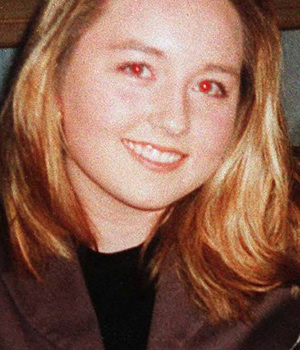During the evening of Friday the 26th of
January, 1996 (Public holiday) Sarah Spiers attended the Ocean Beach Hotel (OBH)
in Perth with friends. Sarah remained at this location for the next few hours.
At around midnight, Sarah and some of her friends were collected from the
OBH by Sarah's sister Amanda as per prior arrangement.
Amanda drove Sarah and her friends to Claremont, where they attended Club
Bay View nightclub.
At 1:30 am Sarah told her friends she was leaving and said she was going to
catch a taxi. As she was leaving she stopped and spoke to a couple of
security guards that were present at the club, one of them Sarah knew quite
well and they chatted for several minutes.
Sarah left the club and what we know to happen next is that at 2:06 am Sarah
telephoned Swan Taxis from a phone box on Stirling Road near the
intersection of Stirling Highway. Sarah requested a taxi collect her from
that location and take her to Mosman Park.
After the phone call it is believed Sarah crossed the road and waited at the
intersection of Stirling Road and Stirling Highway for the taxi to arrive.
Three young men drove down Stirling Road and stopped at the intersection at
the red light. One of the men took notice of a woman who was leaning against
a bollard outside BC The Body Club. It is suspected this is Sarah due to the
similarities of her description. He also noticed that another car was
travelling down the road behind them towards the intersection. The traffic
control lights turned green and they moved off turning right on Stirling
Highway heading towards Fremantle. As they drove off down the highway, the
man noticed the car he had seen travelling behind them hadn't entered the
intersection, in fact it hadn't made it to the intersection. He was a little
concerned by this and mentioned it to his friends, suggesting they should go
back and check on the girl (Sarah) but they agreed it was probably an
overreaction, that she would be fine.
At about 9 minutes past 2, three minutes after Sarah called Swan Taxis, the
cab that had accepted the job to collect Sarah pulled up at the intersection
of Stirling Highway and Stirling Road. The driver looked up the street to
the telephone box and did not see any person, he didn't see any one in the
street at all.
Since that time Sarah has not been seen.
Sarah was reported missing to the South Perth Police Station on the Monday
morning after she had failed to attend a family gathering on the Sunday
afternoon and failed to attend her work on that Monday.

